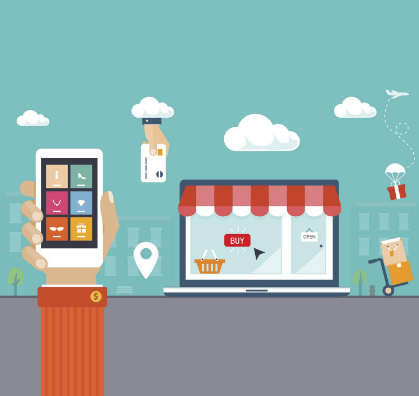Tag: novelty
How to Influence Customer Conversion with Psychological Triggers
We’ve all wished we could have more conversions at one point or another. But getting people who visit your site or your premises to actually buy from you is really tough. Most of the advice out there you could quite easily call “stylistic.” It’s all about how you present yourself and how to put your…
